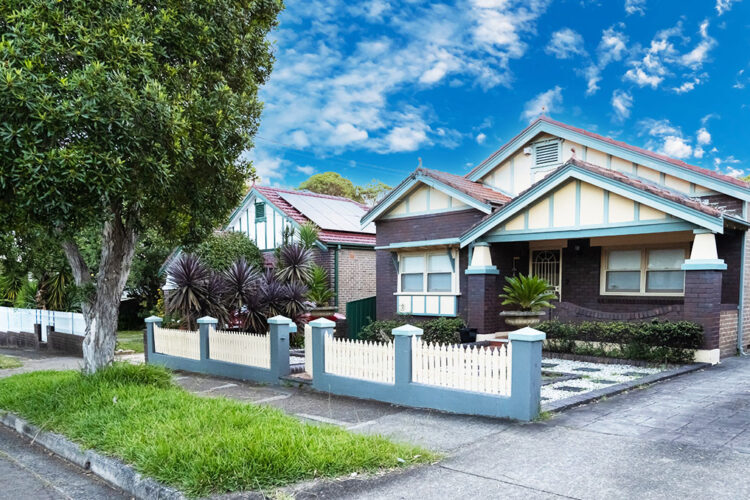The number of capital city homes advertised for rent reached a decade low through November while regional rental ads reached the lowest level since 2009, new research showed.
CoreLogic’s latest Hedonic Home Value Index has revealed “extremely tight” rental markets around Australia, with vacancy rates holding around 1.00 per cent or lower in most regions.
According to the property research group, vacancy rates have been driven lower by a combination of low rental supply amid a backdrop of rising rental demand due to the strong rebound in net overseas migration.
Indeed, the number of capital city homes advertised for rent was at a decade low in November, while regional rental advertisements were at the lowest since 2009.
The research also showed that while overall housing values are trending lower and rents are rising, gross rental yields continued to recover from recent record lows.
Yields across the combined capital cities rose to 3.50 per cent in November, up from a recent low of 2.96 per cent in February, and only 17 bp below the decade average of 3.67 per cent.
Gross rental yields were the highest in Darwin at 6.30 per cent, followed by Perth at 4.60 per cent and Brisbane at 4.10 per cent. On the other hand, Sydney ranked last at 3.10 per cent.
Gross yields also rose across regional Australia from a recent low of 4.04 per cent in April to 4.43 per cent in November. However, yields are still 59 bp below the decade average, CoreLogic figures showed.
Despite tight rental conditions, rental growth seemed to be easing across some cities, according to the research, with the quarterly trend in capital city rental growth at 2.50 per cent in November after peaking at 3.10 per cent in July.
CoreLogic research director Tim Lawless observed that the softening rental growth was more pronounced across house rents than units.
“This could be a sign that rental demand is transitioning towards more affordable rental options such as the higher density sector,” he said.
“It could also reflect a reversal of the pandemic trend towards smaller rental households. As tenancy costs rise and renters struggle with affordability pressures, it’s logical that households would seek to maximise the occupancy of the dwelling in order to spread higher rental costs across a larger number of tenants.
“Finally, there may be some rental demand easing in the detached house segment as the large backlog of housing construction projects are completed.”
Dwelling value declines eased in November
CoreLogic’s national Home Value Index (HVI) declined for the seventh consecutive month in November, with national dwelling values falling by 1.00 per cent to be 7.00 per cent (or around $53,400) below the peak value recorded in April 2022.
This decline followed a surge of 28.6 per cent in national housing values through the recent upswing, which added around $170,700 to the value of the average dwelling.
However, the November decline was the smallest monthly fall in values since June 2022, with the rate of decline consistently moderating since the national index dropped by 1.6 per cent in August.
Mr Lawless attributed the lower rates of decline chiefly to Sydney and Melbourne markets, but noted that it is also evident across many of the smaller capitals and most regional markets.
While Sydney housing values were falling at a monthly rate of 2.3 per cent three months ago, this reduced by a full percentage point to a decline of 1.3 per cent in November. In Melbourne, home values declined by 0.8 per cent in November — almost half the rate of decline in July of 1.5 per cent, he said.
“Potentially we are seeing the initial uncertainty around buying in a higher interest rate environment wearing off, while persistently low advertised stock levels have likely contributed to this trend towards smaller value falls,” he said.
“However, it’s fair to say housing risk remains skewed to the downside while interest rates are still rising and household balance sheets become more thinly stretched. There is still the possibility that the pace of declines could reaccelerate, especially if the current rate hiking cycle persists longer than expected.”
Sydney remains the only city where housing values have fallen by more than 10 per cent from their peak, down 11.4 per cent to date after increasing by 27.7 per cent through the upswing before peaking in January.
However, home values remain 10.3 per cent above pre-COVID-19 levels in March 2020.
If you’re looking to refinance for a better rate or looking for the right rate for your clients at zero cost, contact Finni mortgages experts and let us do the hard work for you.
Visit our website here or call 1300 002 023 to learn more on how we can help you.


